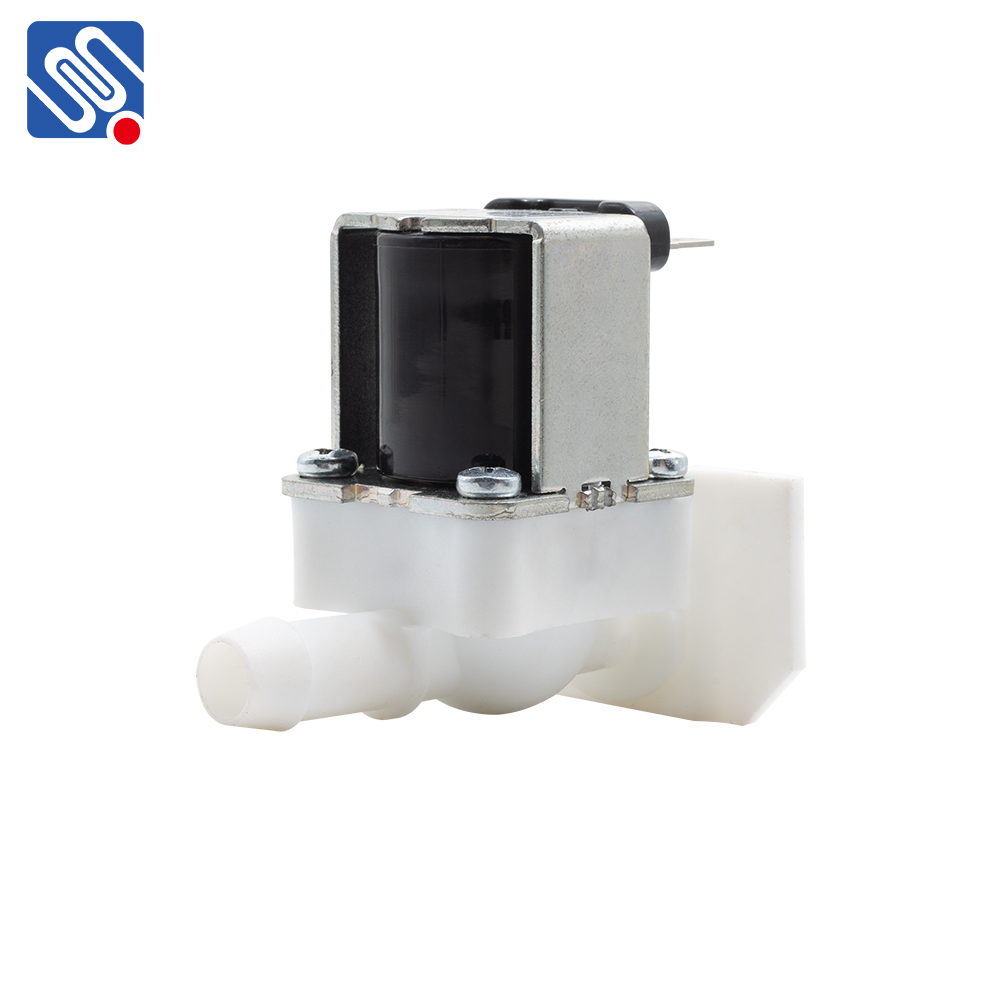understanding low flow solenoid valve: function, applications, and benefits
Release time:2025-04-14 00:26:41
A Low Flow Solenoid Valve is an essential component used in various systems where the regulation of a small volume of fluid or gas is crucial. These valves serve the purpose of controlling the flow of fluids or gases by using an electromagnetic solenoid to open or close the valve. Unlike regular solenoid valves, low flow versions are specifically designed for systems where the flow rates are much smaller. In this article, we will explore the function, applications, and advantages of Low Flow Solenoid Valves, highlighting their importance in modern automation and fluid control.

Function of Low Flow Solenoid Valve
The primary function of a Low Flow Solenoid Valve is to regulate the flow of liquid or gas in a system. It uses an electromagnet (the solenoid) to control a valve mechanism that either blocks or allows fluid to pass through. When the solenoid is energized, the magnetic field generated moves the valve's internal components, opening or closing the flow path. When de-energized, the valve returns to its default state, which could be either open or closed, depending on the valve design.
These valves are typically used in systems where precise control over the flow rate is essential. Since they are designed to operate effectively in low flow conditions, they are often employed in situations where the fluid or gas being controlled needs to be measured and adjusted with great accuracy.

